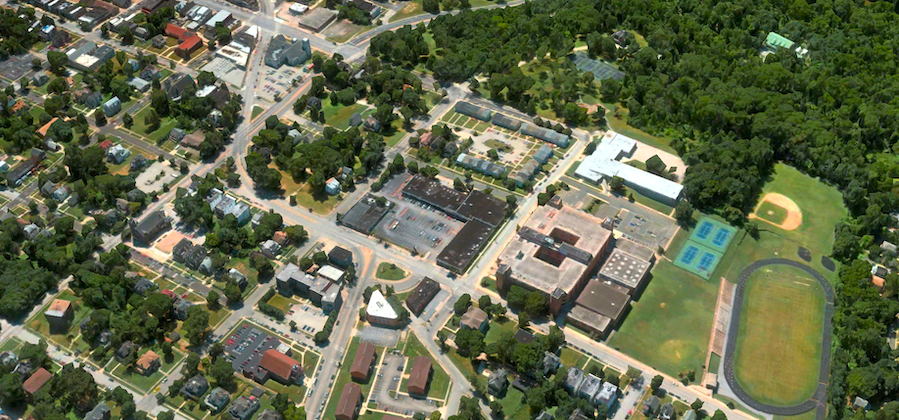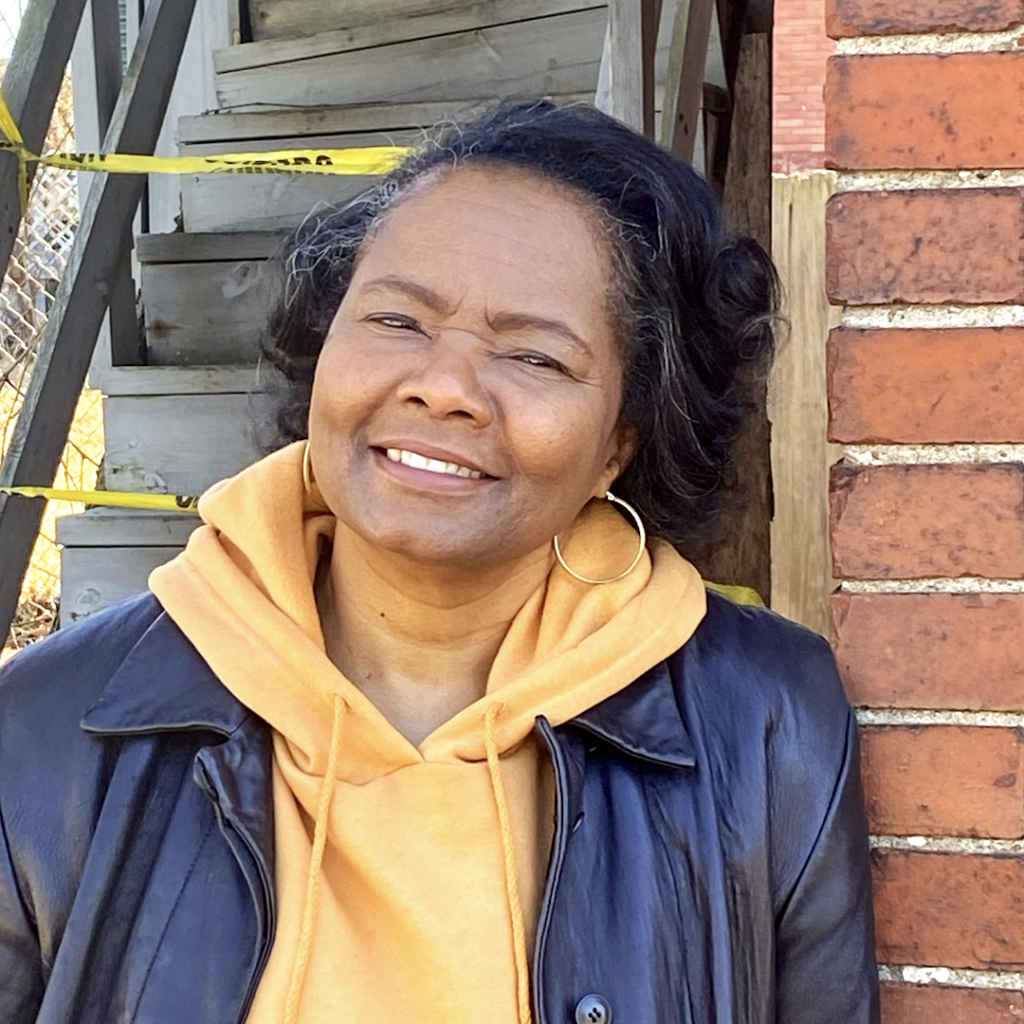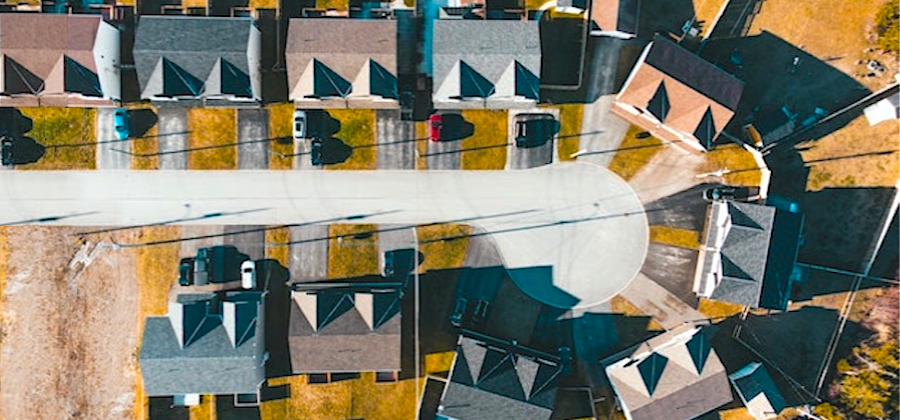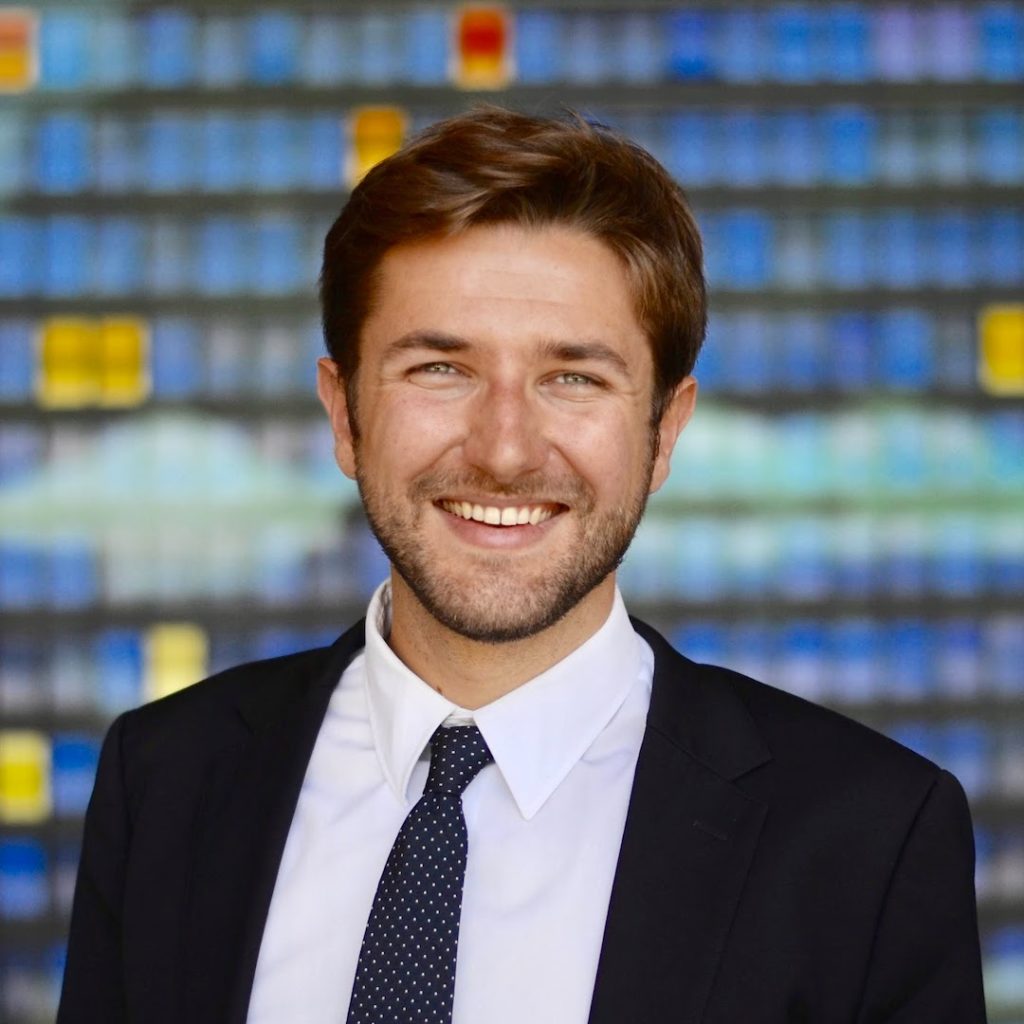
“Every neighborhood deserves a vibrant local economy filled with businesses that serve residents’ needs. Equitable access to commercial real estate is key to making that happen” write Tracy Loh and Andre Perry for Bloomberg.
Undervaluation of homes plays a large part in racial wealth inequality. According to Fannie Mae, Black homeownership sits at 42 percent while white homeownership is 30 percent higher.
The Brookings Institute has released a report showing that the same racial inequity exists in the commercial real estate market. The average ownership of CRE by white households is 8 percent, while for Black households it’s 3 percent. And the average value of that commercial real estate is almost $34,000 for white households and only $3,600 for Black households.
To add to this disparity, commercial real estate in majority Black neighborhoods is undervalued. This not only reduces revenue for owners and local government, but it leaves owners vulnerable to speculators and hinders the growth of Black business and entrepreneurship.
Chicago TREND is an example of how to change the model of ownership in Black neighborhoods. In April 2021 TREND acquired a shopping center in a majority Black neighborhood in Baltimore and invited the residents to become investors. Through crowdfunding on the Small Change platform, they raised $332,500 in under 60 days. Investors with as little as $1,000 now own a stake in Walbrook Junction which has not only provided the opportunity for everyone to create wealth but is also encouraging Black entrepreneurship and providing work opportunities for community residents. Read the original article here.
Image courtesy of Chicago TREND




